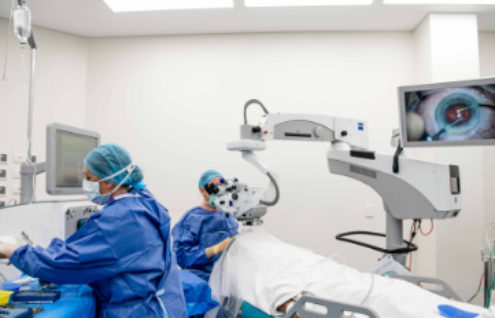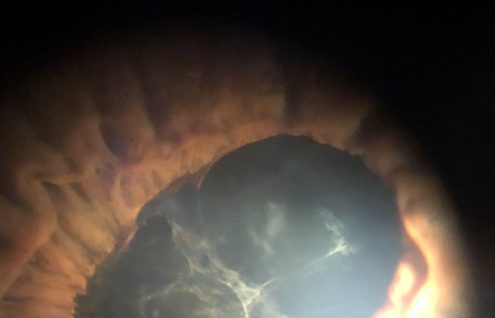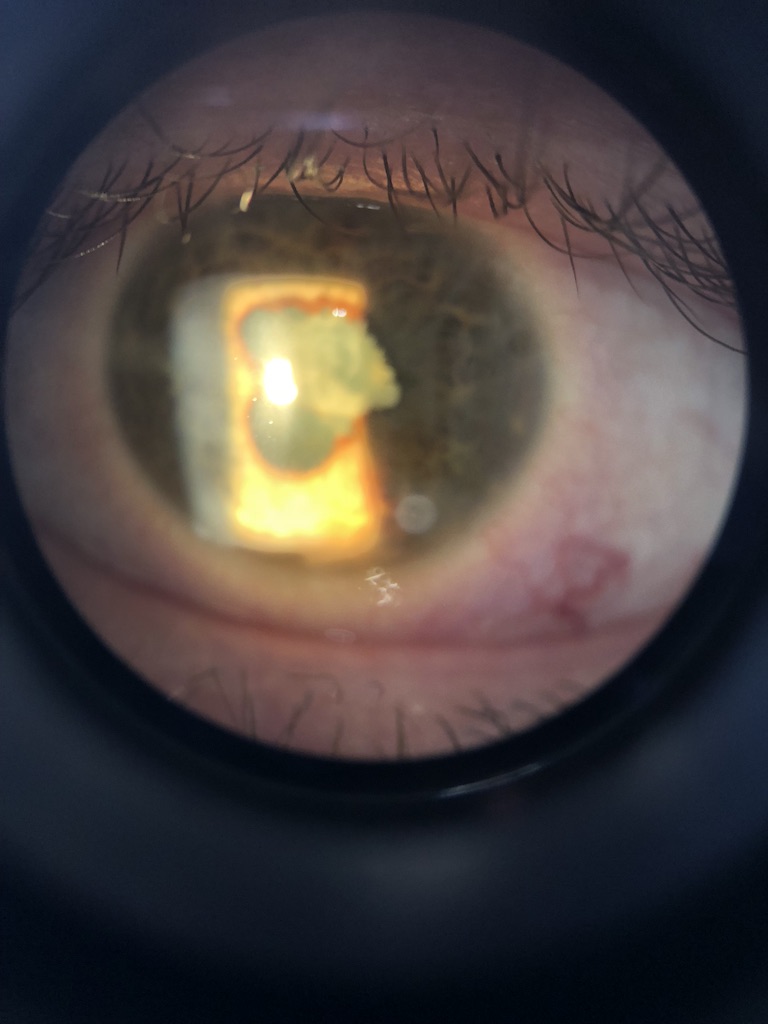Uveitis and Inflammatory Eye Disease
Uveitis is an inflammatory condition that affects the Uvea, part of the eye. The uvea is the middle of the 3 principle layers that make up the eye ball. It is pigmented and vascular (full of blood vessels). The name derives from Latin for a grape, which early anatomists thought it resembled. It lies between the tough white sclera and the light sensitive retina. (Strictly speaking the retina is not part of the uvea, but nearly all of the diseases that affect the uvea affect the retina to some degree – so uveitis doctors are all experts in medical retina, as much of their work is managing retinal involvement).
Like any tissue in the body it can become inflamed. Why the uvea becomes inflamed can remain unclear. This happens quite often – especially in the most common type of uveitis, Acute Anterior Uveitis (AAU). Fortunately this common form of uveitis is the easiest to manage, normally subsiding with a course of steroid eye drops.  However other types of uveitis and some types of AAU can be shown to be the result of an infection, an auto-immune disease or other disease process and can be more troublesome.


How do I know if I have Uveitis?
Uveitis frequently causes a light sensitive (photophobic) and painful eye. The eye can go red and vision can be affected – sometimes severely. Not uncommonly, mild Acute Anterior Uveitis (AAU) is mistaken for the more common and normally self limiting superficial eye infection called conjunctivitis. Only when it fails to clear resolve or respond to antibiotics are patients referred to an ophthalmologist (eye doctor) who can correctly diagnose the condition. If your eye is red and sensitive to light and there is no significant discharge (pus) from the eye you should make an urgent appointment with an ophthalmologist for review. Dr Hay-Smith will be able to examine you carefully and if necessary instigate treatment. Dr Hay-Smith is specifically and fellowship trained in managing Uveitis and he will be able to help manage the condition.

